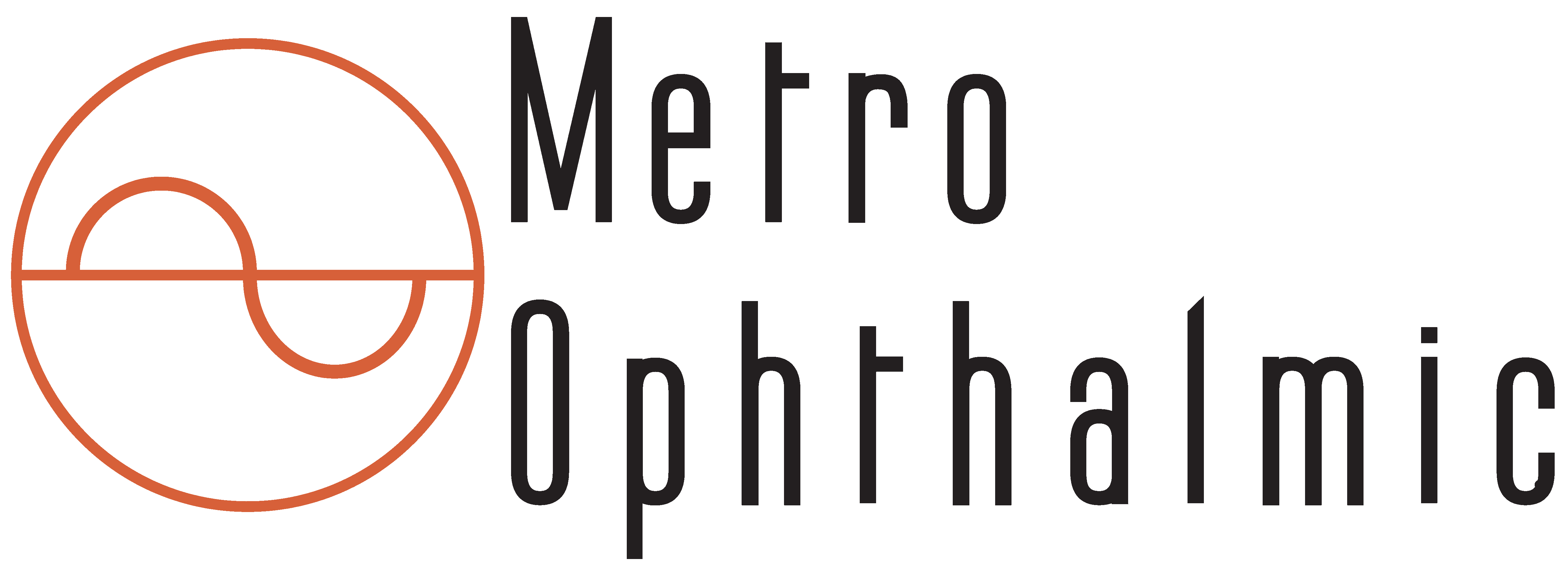
LENSTAR APS biometer


The all in one cataract planning platform
Spectacle independence is the goal of cataract surgery today, Lenstar provides all the data and state-of-the-art IOL formulae required to achieve this!
All you need for faster, more efficient cataract measurement
-
Easier mechanical tracking minimizes user delay and error
-
Full measurement with a single click
-
Quicker measurement for improved tear-film stability
-
Able to upgrade
-
Supports T-Cone measurements through the latest EyeSuite™ software
Enhance your measurement capabilities.

Spend more time on what matters
APS is easy to use, enabling measurements to be delegated, so you spend less time operating the system.

Thirty-two points of difference
LENSTAR® provides you with a complete biometrical assessment of the patient’s eye—seven measurements—in a single procedure, including:
-
Paychymetry
-
Lens Thickness
-
Keratometry
-
Pupillometry
-
Axial Length
-
ACD
-
White to White
Get an in-depth looks at these measurements.

Central Corneal Thickness
Central Corneal Thickness (CCT) is measured using optical coherence technology, leading to unmatched accuracy and precision. Reproducibility of this measurement is as good as ± 2 microns, providing one of the base parameters for possible laser correction of the cataract surgery. Measuring CCT along with the other measurements takes less than 30 seconds, which will help increase patient flow.
Anterior Chamber Depth
Just like other length measurements, ACD is assessed with optical coherence technology (OLCR). Combined with the CCT measurement, LENSTAR® provides you with the anatomical (= Aqueous Depth = AD) as well as ACD, as measured by ultrasound biometers. LENSTAR offers repeatable precision compared to slit lamp technology.
Lens Thickness (LT)
Modern multivariable IOL calculation formulae use the patient's lens thickness as an input parameter. LENSTAR® provides the measurement of true lens thickness on the visual optical line of the patient using optical coherence technology (OLCR). No estimation or additional ultrasound measurement is required to get this important parameter. Lens thickness is one of the most important measurements of the Lenstar system.
Axial Length (AL)
Optical coherence technology using a superluminescent diode as light source allows the measurement of the axial length of the patient’s eye on the visual optical line in highest precision and through dense cataracts. Axial Length is a major component in two important formulas used in the LENSTAR measurements.
Keratometry
A 32 marker pattern ensures precise assessment of the corneal curvature. The distribution of the marker on two concentric circles allows stable measurements even with non-compliant patients. The Keratometry measurement exemplifies the superiority of the LENSTAR system by providing expanded Keratometry information. LENSTAR uses 32 measurement points placed on two concentric rings of 16 points each at 1.65mm and 2.3mm.
White-to-White
For sulcus fixated IOLs and for the calculation of the IOL power using the Holladay II formula, LENSTAR® measures white to white distance (horizontal Iris width). The White to White measurement is gathered automatically form optical biometry. White to White is integral when implanting sulcus fixated ICLs. LENSTAR reduces "chair-time" by obtaining the white to white measurement instantly with the other measurements.
Pupillometry
The software allows for measurement of the patient’s pupil diameter in ambient light condition. By measuring it instantly, LENSTAR saves you time. Pupillometry is an important addition to your data.
Retinal Thickness (RT)
An easy-to-use manual selection of the retinal peaks in the A-scan enables the user to measure RT (distance between the ILM and the RPE) and to calculate IOL based on the individual RT. A typical value for the RT is automatically displayed and employed for IOL calculation. LENSTAR delivers results comparable to existing ultrasound and optical biometers.


Special Eye Conditions
All of the measurements described here are available for measuring the “normal” cataract patient as well as for aphakic, pseudoaphakic and silicone oil filled eye conditions. In case of an error, you may even change the selected eye condition after completion of the procedure. The eccentricity of the visual optical line is assessed with respect to white-to-white as well as to the pupil center. Both are important parameters for laser refractive procedures.
